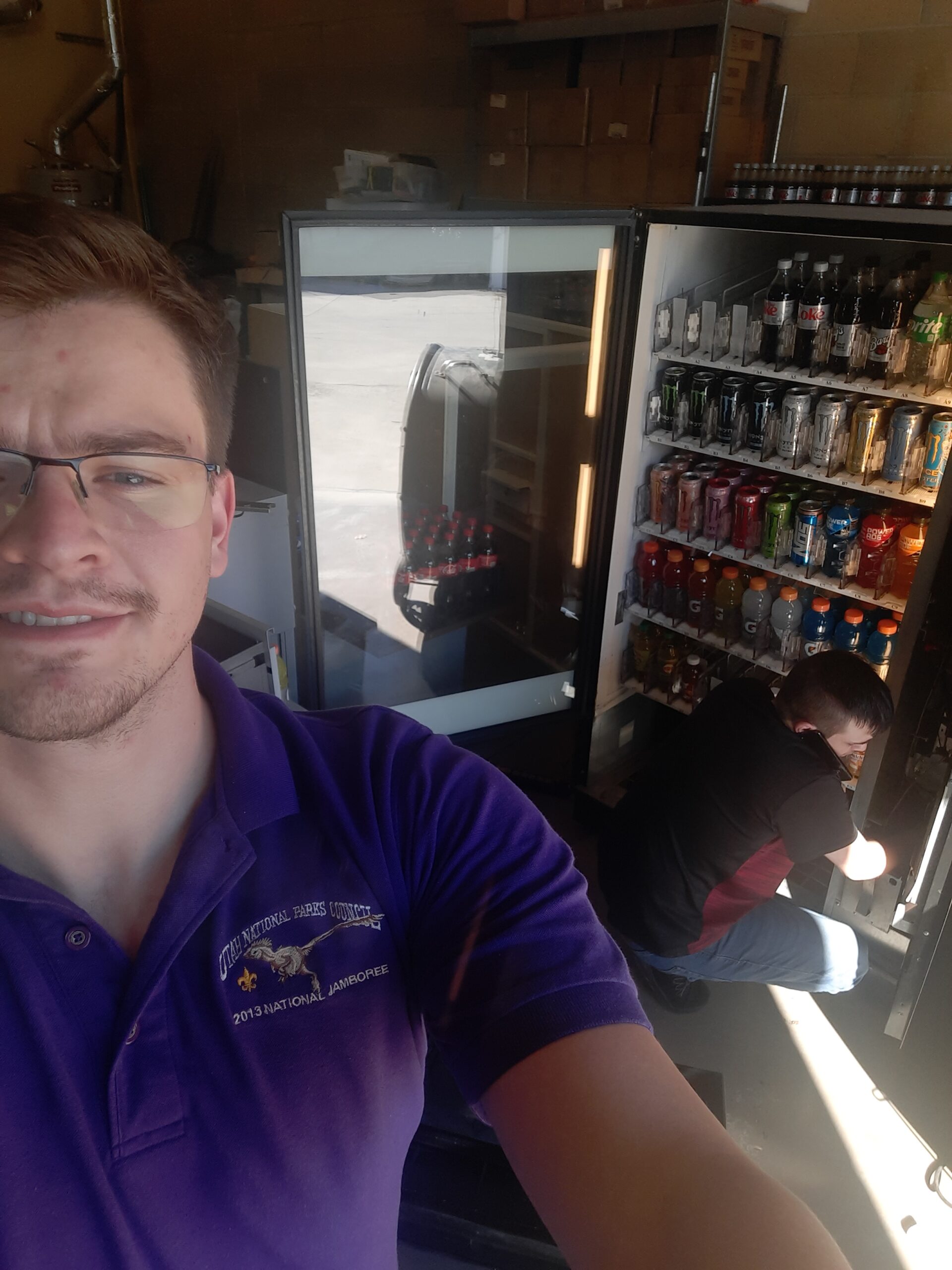
From the course, I learned who to contact in a location. That itself made all the difference in my business.
I was pretty much just starting out when I enrolled in the Vending Bootcamp program. I joined the course because I’m super passionate about passive income. Vending Bootcamp gave me the chance to learn from an industry expert who is where I want to be. This course did a great job of that! I really appreciate the live calls on Tuesdays. Getting to talk to a pro directly is easily my favorite part!
I learned tips about how to locate the right person to land a location; I stopped looking for the owner or manager. After I learned how to identify and find the right people, it was much easier follow up! In just two months, I saw the difference right away.
Never give up! Stay consistent. Keep following up. Make more, consistent in-person contacts than over the phone. Reach out to other vendors who sell or refurbish machines to build good connections to get the right machines to enhance your profit margin. It will help a lot!
Riley Davenport
JackBox Vending LLC
Launch Your Business in 10 Days
Enroll in The UpFlip Academy and unlock your 10-Day Business Launch Plan—a step-by-step guide to launch your dream business!